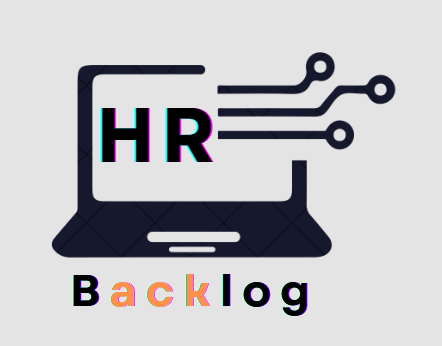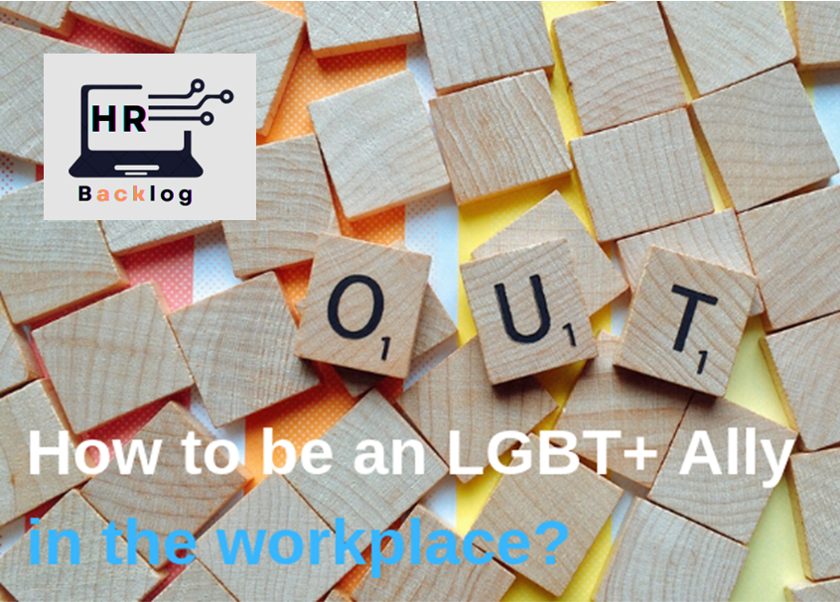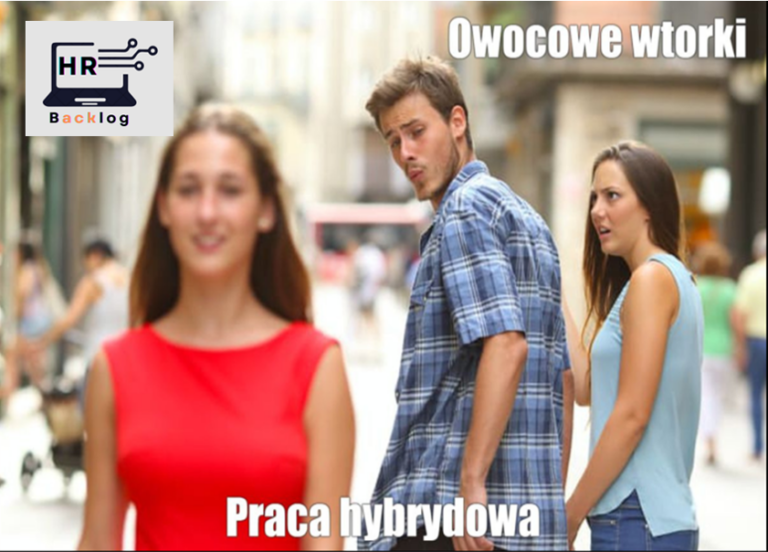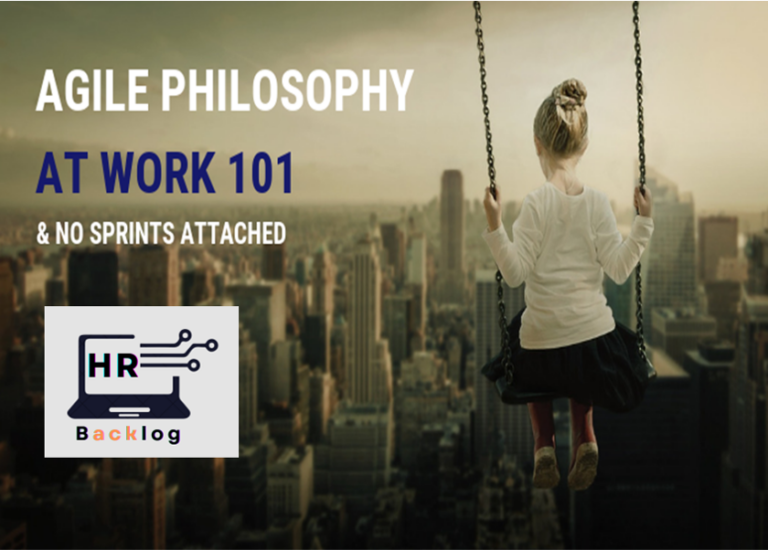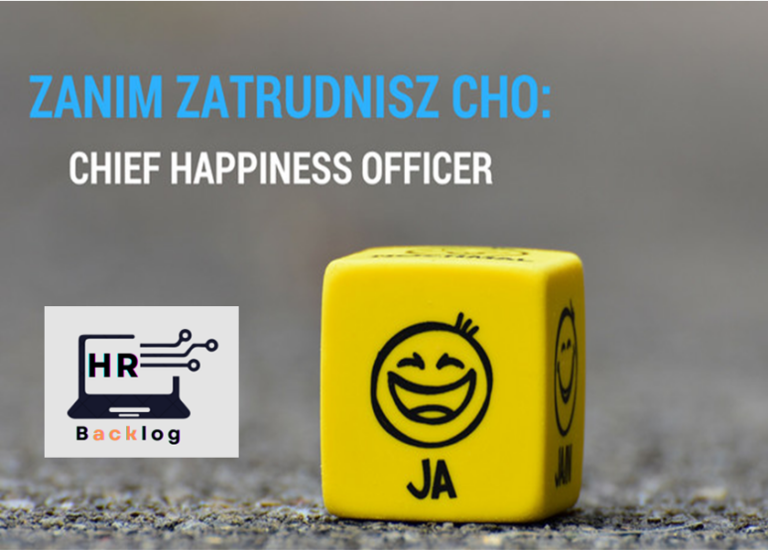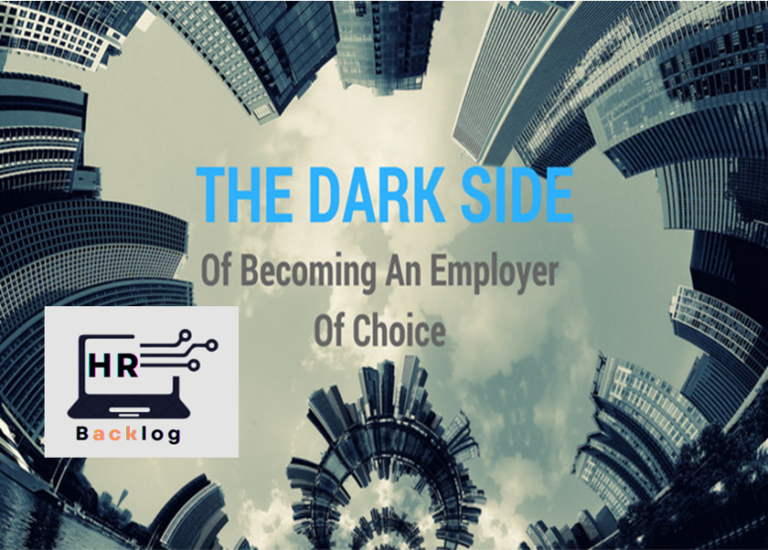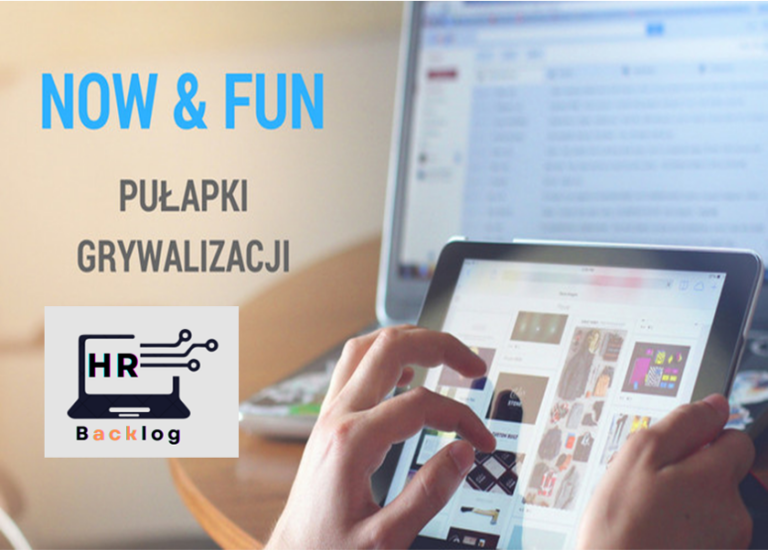How to be an LGBT+ Ally in the workplace?
Artykuł oryginalnie opublikowany na Linkedin, 06.06.2019
With many LGBT+ friends and acquaintances, working in an international environment, living in a relatively tolerant city of Gdansk, having experienced unforgettable parties at Soho in London I thought I have been a true Ally to LGBT+ peers. Especially in Poland, a country in which this is still a taboo to some extent. I was wrong. Recent deep-dive into the Inclusion and Diversity (I&D) topics from the LGBT+ perspective opened my eyes a bit more. Turns out I was living in something I could call a “tolerance bubble”.
Imagine having twice as much work every day
Before you start reading any further – please lets have a quick exercise. Remind yourself how it felt during the first days in your last new work or role – when you didn’t know the people, the expectations. Not sure how you will be evaluated, what personal stories you can share (if you felt like it). Basically out of your comfort zone. Gradually, through daily interactions, this probably faded away and now you know the bottom line and with whom you can share the funny details of a family dinner.
Imagine however, that this state of insecurity remains. That you work somewhere 2-3 years and still don’t feel comfortable enough to chat about your weekend plans during coffee with team mates. That you are experiencing some personal drama and it affects your work, but you are afraid sharing the details with your manager would only make things worse. That basically, you are far out of your comfort zone every day, maybe every minute.
Sounds a bit scary, doesn’t it? The LGBT+ employees when in an unsupportive environment are experiencing that on a daily basis. They need dual work – on top of regular tasks they have to cover up their true identity. Obviously it is devastating for performance, mental and overall well-being. Maybe you can relate to something all of us have to do from time to time – concealing emotions at work. It is called emotional labour, and is exhausting especially if you are in a client facing role which requires from you to put on a happy face most of the time. Probably it is not your favorite part of the work, isn’t?
Solution seems easy – for LGBT+ employees to make a coming out and live on. But it is easier said than done – and realizing that made my tolerance bubble burst. So what that I am fully supportive if some of my LGBT+ friends are covering up in 90% (or 99%?) of other interactions at work and in a daily life?
Let the elephant into the room
LGBT+ employees don’t need to go out of their comfort zone to progress, on contrary they need to find their comfort (safety) zone – with the help of Allys (supportive colleagues), direct managers and senior management. But tackling the LGBT+ issue at work turns out a bit more difficult than it seems.
Gender (traditionally seen), ethnicity, nationality, disability and age – these traits are usually visible and easily identified the minute the employee starts working. The elephant is in the room. Companies, teams and managers don’t always tackle these diversity perspectives as good as they should, but they are clearly there “on the table”. It makes the discussion inevitable and increases the chances of a company wide framework towards diversity.
With LGBT+ it is quite different – we need the coming outs to happen to make it a case, if there are none the topic “doesn’t exist”. However from statistical perspective, if it is believed that 5% or more of society is LGBT+, surely in a big company the representation should be similar.
But probably you don’t know so many LGBT employees in your company. As I said coming out is not easy, to say the least. If a person feels confident enough or sees supportive environment they stop covering up within the team, manager, some other colleagues. But to be fully yourself one has to take the risk of coming out again, again and again…every day. In a big company where employees have many interactions, projects and change teams – it requires an indefinite number of coming outs . And with every job change, everything starts again. Without clear company policy on equality, and employees providing safe zones – it is a nightmare.
What is your Sensitivity Level?
Before sharing some best practices I wanted to show you Milton Bennett’s Developmental Model of Intercultural Sensitivity (DMIS). This framework is typically used for intercultural differences, but may as well serve to better understand varied attitudes towards LGBT+ colleagues that individual employees may have.
DMIS describes a continuum of attitudes towards cultural differences:
- 1. Denial is a state when we try to remain in isolation, disregard the differences and see our worldview as central.
- 2. Defense is usually associated with perceiving your views as superior, you see “us” and “them”.
- 3. Minimization comes with assuming some universal traits and values describe all, and may result in trivializing of the differences.
- 4. Acceptance – means understanding that there are many equal different worldviews.
- 5. Adaptation is the ability to put yourself in other perspectives, acting appropriately in different contexts.
- 6. Integration – realization we can creatively build our identity, using different perspectives and cultures, choosing alternatives.
I think many of open minded people, maybe even including myself, are actually in the level 3 – Minimization. It is not caused by bad intentions, but by the fact that it is hard to see the the full scope of problems. I didn’t see the real challenges my LGBT+ friends have: I didn’t even consider the possibility that their manager/team might not be aware of their identity. Or when we have a team integration event and invite employees with their partners – we probably don’t consider this perspective.
Of course the DMIS model above describes cultural perspective, including the stage of Integration, which in our case is not possible, as it would mean incorporating different identities. However I hope it shows the complexity of the attitudes.
Invitation to party or dance?
There is a nice caption about the corporate I&D models – “Diversity is an invitation to the party, Inclusion is an invitation to dance” – which also shows the different levels of understanding and support a company/work environment can give. Some LGBT+ Ally models use three action words: Educate, Engage, Empower.
I started to apprecaite this model fully only after connecting it with the DMIS model. And below is my personal interpretation of them:
Educate. we need to educate the general audience in the workplace, with the content depending on the sensitivity level the most employees might be at. If nothing ever happened in that space before, is it because they might be at denial-defensive stage? Or maybe it is the “tolerance bubble” you leave in, where it seems that everyone is open minded and OK? Maybe a set of trainings on tolerance, diverse workplace, unconscious bias in general is a good point to start with. You have to act step by step, and probably shouldn’t suddenly hang a rainbow flag and hold a coming out day if no ground was prepared earlier. At the beginning it is about the company stating it is supportive and any mistreatments are unacceptable.
Engage – it might be about engaging the tolerant employees, into a constructive discussion how to create comfort zones. Even some small signs of support, like branded materials, can be of matter. It is perfect if you can set up a support group – Allys, and have a senior management sponsorship. Get team leaders on board. Get more advanced diversity trainings – like how to fight hate speech. Use global events for context – like Pride Month, or International Day Against Homophobia. Great if LGBT+ employees will openly get involved as well.
Empower – most of all it is about the LGBT+ employees to feel safe enough to be open about their identity and take a stand for themselves – if they want to. It might be about the Allys and LGBT+ community to hold regular meet-ups or having a company representation at LGBT+ local events – like equality march.
Your takeaways from this post probably depends on whether you are reading this from an individual, team manager or company level perspective (like HR). Probably the most important thing to remember is that the LBGT+ employees deserve and need our support. However the sensitivity continuum is long, and attitudes are complex.
Consider diversity around you. Start small, by cutting homophobic comments in the workplace or wearing a rainbow pin. You can not force anyone to do a coming out. And this refers to both – Allys (supporters) and the LGBT+ employees. If you feel there is more you can do personally or in your workplace, but need more support – reach out to one of many LGBT+ networks, they will be happy to help.
